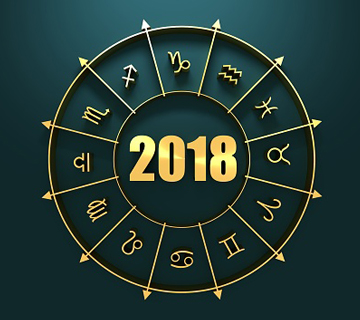Not so neat
Financial lessons from the absurd checks conducted on National Eligibility cum Entrance Test (NEET) examination

Some days ago a niece appearing for the NEET entrance went out shopping for clothes and I was a bit wonderstruck by her remark about shopping to sit for an exam. I tried hard to recollect if I had any such indulgences when I was appearing for competitive exams several years ago and failed to recollect any such act. The only thing before entrance exams that bothered me were the repeated reminders on what all I had to carry for the exam, including the admit card by my parents. I looked up to check all the fuss over an entrance exam dress code.
The CBSE website with the checklist for candidates appearing for the NEET 2017 exam opened my eyes. The checklist prescribed that candidates appearing for the exam could only wear light clothes with half sleeves not having big buttons, brooch/badge, flower etc. with Salwar Trouser. Also slipper, sandals with low heels were allowed, shoes were not allowed. Further, items like goggles, wallet, belt, cap, handbags were not allowed. Excluded from the list were also ornaments like earrings, rings, nose-pin, necklace, badge, pendants and so on. Eatable, water bottle, watch and any metallic items were barred.
The list ran longer than what the CISF asks you to avoid when checking in at the airport. At this moment my cousin who has been practically away from work over the past few months looked pensive because of the examination fever at home—he felt it was unfair that his daughter will not be wearing a chain with a pendant which was given by a saint in whom he had immense faith and belief. He believed the chain was a luck charm, which his daughter was being denied to carry on her for an examination that had a major bearing on her future.
I wish same seriousness is adopted by the government machinery, especially the tax department in coming with a checklist on the essential tax savings for every taxpayer. If at all such a list is ever made, it would read something like—adequate term insurance, adequate investments to create a retirement corpus, adequate health insurance before anything else. These three elements should be prioritised for every tax payer.
In fact, a rule could be introduced to ensure that tax savings of any other form will be allowed only after these three aspects are taken care of. As income tax rates are linked to one’s income; it will be easy to come up with a sliding scale that takes into account one’s age to arrive at the minimum life insurance, health insurance and retirement savings necessary for every individual.
Unpleasant outcomes
The NEET examination had some unpleasant outcomes reported with students scuttling to find suitable clothes at the examination centre or being subjected to frisking for an examination and so on. I may sound rude, but the checklist pretty clearly states the don’ts, which means it would be better to follow that than debate the outcome. After all, those checking candidates before they enter the examination hall have their instructions handed out.
By defining tax savings in the manner I suggest, the outcome will be beneficial to both tax authorities and the taxpayer. The only person unhappy will be the financial intermediaries, who will no more be able to bring in their subjective approach to suggesting tax savings. But are such simple financial checklists available and practical? The answer is yes to both, but when it comes to financial instruments—the simplest mostly gets overlooked.
One of the simplest financial plans that I have ever come across is the one by Scott Adams, creator of Dilbert. The plan is actually mentioned in Dilbert and the Way of the Weasels, which is a one-page guide to everything financial:
- Make a will.
- Pay off your credit cards.
- Get term life insurance if you have a family to support.
- Fund your 401k to the maximum.
- Fund your IRA to the maximum.
- Buy a house if you want to live in a house and can afford it.
- Put six months worth of expenses in a money-market account.
- Take whatever money is left over and invest 70 per cent in a stock index fund and 30 per cent in a bond fund through any discount broker and never touch it until retirement.
If any of this confuses you, or you have something special going on (retirement, college planning, tax issues), hire a fee-based financial planner, not one who charges a percentage of your portfolio.
It can’t get simpler and for those unaware of the 401K and the IRA; both these are plans to save and invest for retirement, which are popular in the US. I have added health insurance to the list because in India that is one financial product you can ill afford not to have. The lesson from the NEET is to have a neat financial checklist and you will be worry free with your finances.









